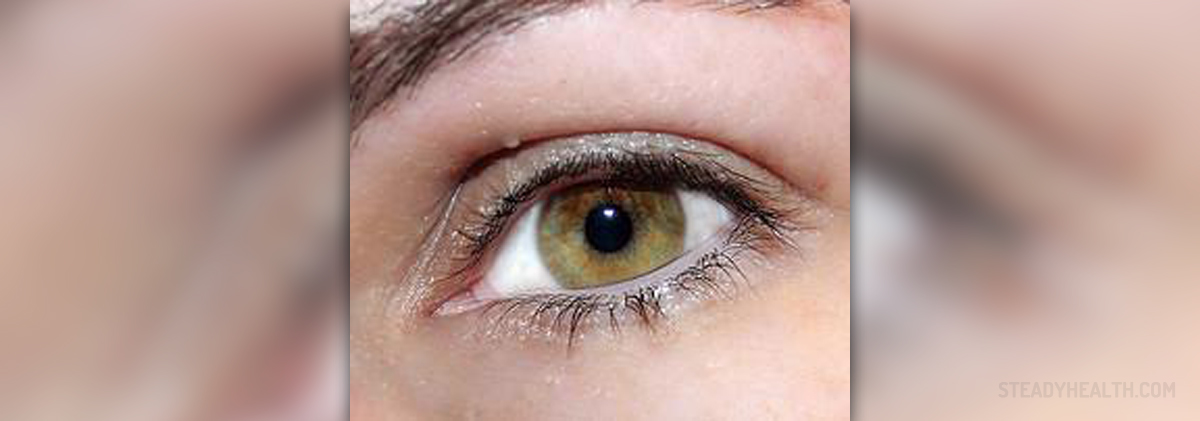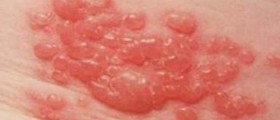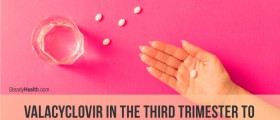
The family of herpes viruses contains different types of viruses that cause different diseases. Two of the viruses in that family can cause eye infections. Others cause different diseases, such as genital herpes. The viruses that cause eye infections and genital infections are not the same and herpetic eye disease is by no means a sexually transmitted disease.
What is herpetic eye disease?
One of the herpes viruses that causes this disease is varicella-zoster virus, the same that causes chickenpox and shingles. Eye infection caused by this virus is called herpes zoster ophthalmicus.
The other virus that causes herpetic eye disease is herpes simplex virus type 1, or HSV-1. It is the same virus that causes cold sores. In the eye, it usually affects the cornea, causing an infection called keratitis.
Both of these viruses normally present in most people. They dwell in the nerve fibers without causing any problems. In certain circumstances, however, they can start multiplying and spreading, causing an outbreak.
As for the symptoms, herpes zoster ophthalmicus is mainly characterized by pain in or around one eye, redness, sores or rash on the eyelids, around the eyes, on the forehead and on the nose, red and swollen eyes and clouded vision.
Herpes simplex keratitis involves symptoms such as pain in or around the eye, redness, feeling of dirt or sand grains in the eye, watery eyes, swelling, clouded and decreased vision and sensitivity to light.
Diagnosis and treatment
Doctors may perform several tests before diagnosing herpetic eye disease and its specific type. Eye pressure tests and tests involving fluorescein are usually performed. However, many times doctors diagnose the disease based only on the symptoms.
Because the cause of herpetic eye disease is a virus, the only type of medication that will work are antiviral drugs. Antibiotics, such as penicillin, have no effect on viruses whatsoever.
Antiviral drugs may come in form of eye drops or oral medication, depending on the type and the severity of the infection. Oral antivirals are usually prescribed for more severe infections. It is very important to complete the entire prescribed course of these drugs. The symptoms may improve one or two days after the therapy has started, but that does not mean it is safe to stop using antiviral drugs.
For infections that involve the cornea, most doctors also prescribe corticosteroid eye drops. Because corticosteroids can raise the pressure inside the eye, it is important not to use them for too long and to go back to the doctor’s to check the pressure once the therapy is over.

















Your thoughts on this
Loading...